Hint: Conduct activities in order to examine the presence of air around us.
Question.1. Which of these would best experiment to show the presence of air around us?
(a) Keeping a bowl of water in sunlight for one hour
(b) Keeping a glass of water in freezer for half an hour
(c) Placing a weather cock on an open roof away from any obstacle
(d) Placing bricks one upon another to make a small stack in an open lawn
Question.2. A student performs an experiment to show the presence of air. He takes an empty bottle and dips in a bucket of water in two different positions, one by one, as shown.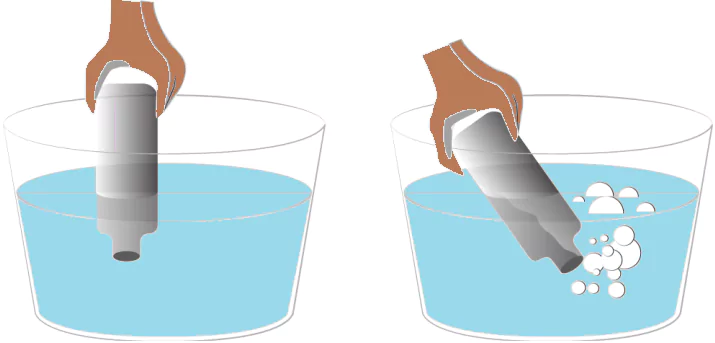
(a) An empty bottle does not hold air.
(b) Bottles can only be filled with water if they occupy air.
(c) Air escapes from bottles if they are turned upside down.
(d) Air escapes in form of bubbles when the bottle is tilted in water.
Ans.1. (c) Placing a weather cock on an open roof away from any obstacle
Ans.2. (d) Air escapes in form of bubbles when the bottle is tilted in water.
Hint: Execute an improvised plan to test the presence of CO2, oxygen, water vapour, nitrogen, dust and smoke in air.
Question.3. Raheem performs an experiment in a dark room, where all curtains are pulled down. He then open a small slit from the window such that a beam of sunlight could enter the room. He observes tiny shining particles moving in the beam of sunlight. What does the presence of these shining particles show?
(a) Air has oxygen.
(b) Air has nitrogen.
(c) Air has water vapour.
(d) Air has dust particles.
Question.4. The table lists the steps of an experiment to test the presence of oxygen in air.
(a) Blow one candle by your mouth
(b) Put some sand over one candle
(c) Cover one candle with a glass tumbler
(d) Put water over one candle with a pitcher
Ans.3. (d) Air has dust particles.
Ans.4. (c) Cover one candle with a glass tumbler
Hint: Depict the composition of air using pie chart.
Question.5. The pie chart shows the composition of air.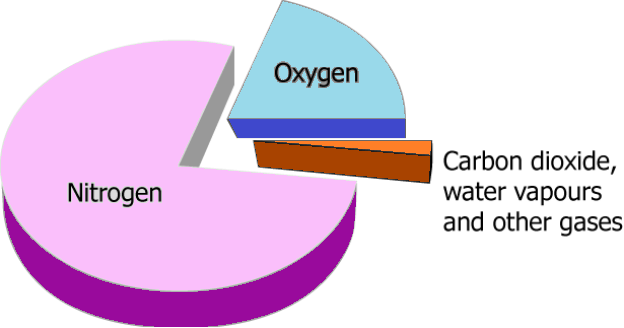
(a) Oxygen
(b) Nitrogen
(c) Water vapour
(d) Carbon dioxide
Question.6. The graph shows the composition of air.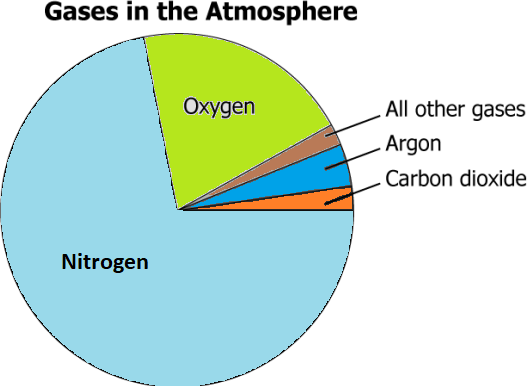
(a) 20% of the air
(b) 50% of the air
(c) 65% of the air
(d) 99% of the air
Ans.5. (b) Nitrogen
Ans.6. (d) 99% of the air
Hint: Outline the causes & effects of Air pollution.
Question.7. Which of these gases is associated with human activities that involve the burning of fuels and becomes a major source of air pollution?
(a) Oxygen
(b) Nitrogen
(c) Water vapour
(d) Carbon dioxide
Question.8. The table lists a few activities.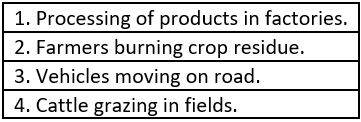
(a) 1 and 4
(b) 2 and 4
(c) 3, 2, and 1
(d) 4, 1, and 3
Ans.7. (d) Carbon dioxide
Ans.8. (c) 3, 2, and 1
Hint: Design and inquiry to prove the presence of air in water and soil in order to explain how oxygen becomes available to animals and plants.
Question.9. A student wants to prove that air is present in water, which is why animals living underwater can breathe. Which of these would help him prove the presence of air in water?
(a) By boiling water
(b) By freezing water
(c) By mixing water with oil
(d) By pouring water in an empty jar
Question.10. A lump of soil is taken in a jar and water is poured on it. It is observed that when the water was poured, bubbles came out from the soil, the water moved deeper into the lump, and the soil became loose and wet.
Which observation from the experiment proves the presence of air in soil?
(a) The soil got wet
(b) The soil became loose
(c) Bubbles came out
(d) Water seeped into the lump
Ans.9. (a) By boiling water
Ans.10. (c) Bubbles came out
Hint: Illustrate the Oxygen cycle using well labelled figure.
Question.11. Which diagram correctly illustrates the oxygen cycle?
(a) 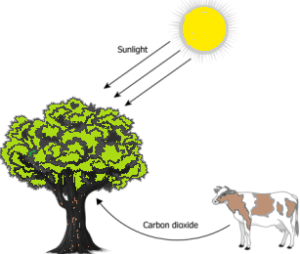
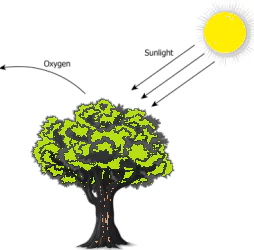
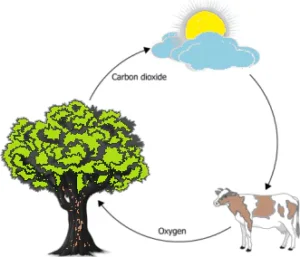
Question.12. The diagram shows the oxygen cycle.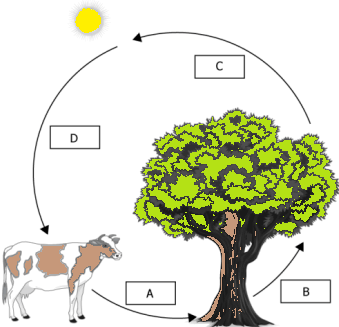
(a) 


Ans.11. (d) 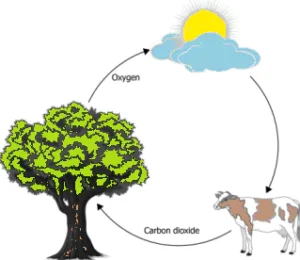
Hint: Evaluate the importance of air for the sustenance of life on earth.
Question.13. What would most likely happen if there is no air on Earth?
(a) Birds and bats would fly faster
(b) The earth would become lifeless
(c) Only aquatic animals would survive
(d) Only animals living in soil would survive
Question.14. The table lists some activities.
(a) Only 1
(b) Only 2
(c) 3, 2, and 1
(d) 4, 3, and 2
Ans.13. (b) The earth would become lifeless
Ans.14. (d) 4, 3, and 2





